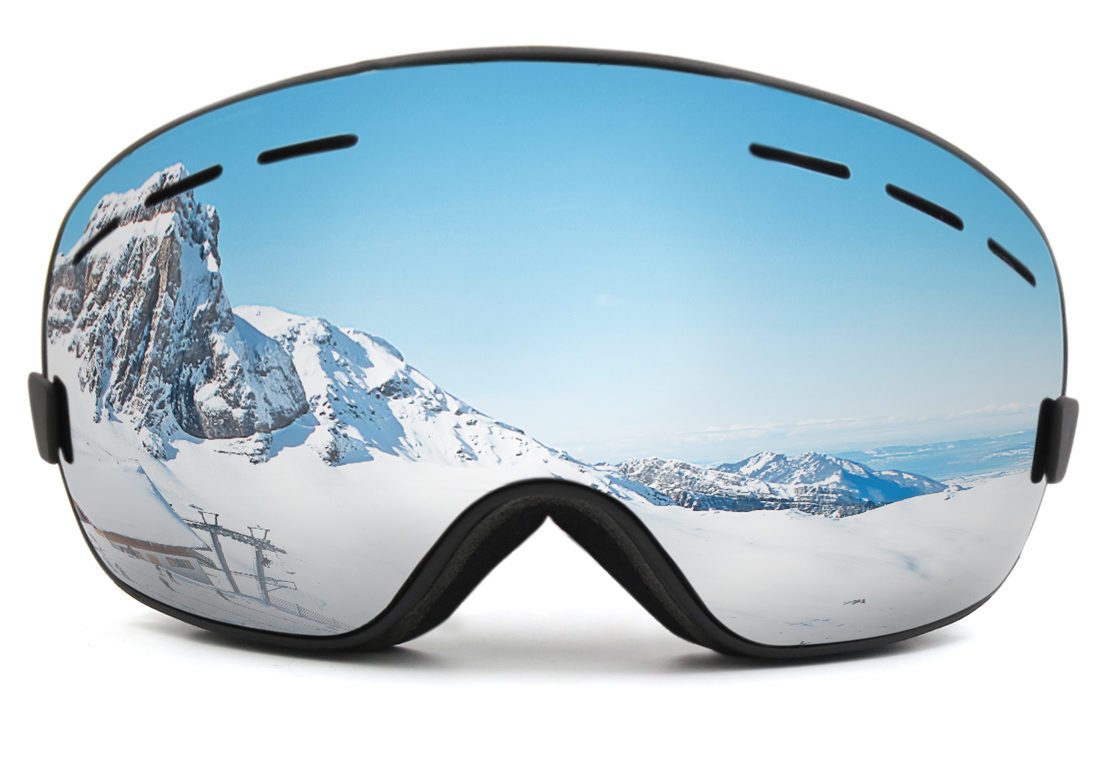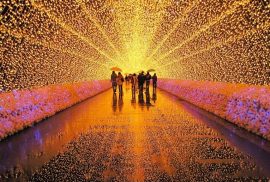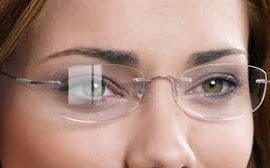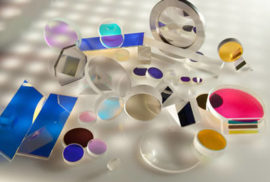
“Is that mirror a Flash or a Dielectric?” “All bright mirrors are metal mirrors.” Have you heard these or maybe said them yourself? Last week I was asked to explain the difference between a Flash Mirror and a Dielectric Mirror coating. As I explained, these are both terms of defining mirrors. But, one is a method to make a mirror and the other is a description of how reflective the mirror is. Here is the explanation I gave.
First, let’s call a “mirror” in ophthalmics by its correct name: a constructive filter. This is opposed to an anti-reflective (AR) coating, which is a destructive filter. By its very nature, a constructive filter boosts or aids the reflection coming off of a lens. A destructive filter reduces or eliminates the reflection coming off of a lens. In this graphic, the images on the left are two light waves in phase with one another which boosts the resultant reflection. The images on the right are two light waves that are 180 degrees out of phase and the result is 0.
When describing a constructive filter or “mirror coating” as we commonly call it, we normally describe it by its amplitude (amount of reflection) and the method used to make it. Let’s look at these separately.
When looking at the amount of reflection of a mirror coating, we normally use 3 categories:
- Flash which is 10-20% reflection
- Standard which is 21-50% reflection
- High which is 51-99% reflection.
These terms are simply reflection categories to help to aid in the description process. The exact reflection percentage is not tightly controlled in the ophthalmic industry and therefore can vary slightly company to company. But, the intent is the same.
The other terms used to describe a mirror are the methods used to make them: Metal mirror or Dielectric mirror. A basic mirror would be a metal evaporated onto the lens. This is typically done with one of a few materials with suitable optical properties, such as: silver, gold, aluminum or chrome. The method is to apply the amount of the metal to achieve the amount of reflection required for the mirror. The other method is the Dielectric mirror. This is typically done using alternating layers of a conductive material (such as ZrO2, TiO2, Ta2O3 or HfO2) and an insulator (such as SiO2 or MgF2). Each of these methods can be used to create a flash, standard or high reflection mirror. The metal mirrors are typically limited by the color of the metal.
There is a lot of confusion because we often use the terms “Flash” and “Dielectric” interchangeably. But, as you can see, these are very different terms. Some of the confusion comes from the fact that antifouling coatings such as hydrophobics, oleophobics and super hydrophobics only crosslink to SiO2. So, even though a metal mirror is made, a thin layer of SiO2 is typically applied to it so that the antifouling compound can permanently bond to the coating. This gives the appearance that the coating is a dielectric.
Most vacuum coating machines can make a mirror using either method. There are advantages to the different evaporation methods but that is for another time. I hope this eliminates the confusion about mirror coatings.
Follow Norm Kester on LinkedIn or on Twitter @opticalcoatings.




